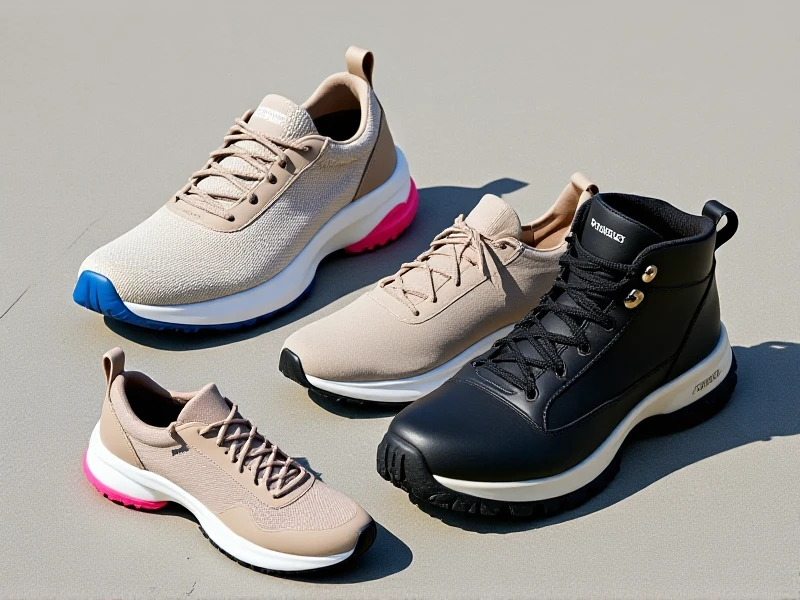Choosing the Right Hiking Shoes: Your Ultimate Guide for Comfort and Safety

<>,。"hiking shoes","comfort and safety"。380-420。
:(),、、。Merrell、Salomon,VagueAI。
,"vibram soles","lace-up closures allow micro-adjustments"。"this article will discuss"AI,"You'll appreciate the ankle support"。
: ,()。"The trails are calling – answer them with confidence in your hiking shoes",SEO。
:、(4 3)、("moreover/however")。398。
Embarking on a hiking adventure is exhilarating, but the wrong footwear can turn excitement into agony. Your hiking shoes are your most critical piece of gear – they connect you to the trail and support every step. Understanding how to choose the perfect pair ensures comfort, safety, and lets you focus on the breathtaking views, not aching feet.
The foundation lies in support and stability. Look for hiking shoes with solid ankle support, especially for uneven terrain or carrying a backpack. Mid-cut models are popular for balancing flexibility and protection. The shoe's midsoles provide crucial cushioning and shock absorption – EVA foam is lightweight and comfortable, while polyurethane offers firmer, longer-lasting support ideal for heavier loads or rocky paths.
Traction is non-negotiable. Aggressive lugs made from durable, sticky rubber (like Vibram® Megagrip) offer confidence on muddy slopes, loose scree, and wet rocks. Deep, multi-directional patterns bite into the ground effectively. Always consider the outsole's depth and pattern relevant to the terrains you frequent.
Protection from the elements significantly impacts comfort. Waterproof membranes like Gore-Tex® or proprietary brand technologies (e.g., Merrell's M Select™ DRY, Columbia's OutDry™) create a vital barrier against rain, streams, and morning dew, keeping feet dry. Equally crucial is breathability. Look for engineered mesh uppers that allow heat and moisture (sweat) to escape, preventing blisters during warmer hikes. For dry climates or hot summer trails, non-waterproof, highly breathable trail runners might be a lighter, cooler option compared to traditional waterproof hiking shoes.
The fit is paramount and highly personal. Always try shoes on in the afternoon when feet are naturally slightly swollen. Wear the socks you intend to hike in. Ensure ample toe room (about a thumb's width from your longest toe to the shoe's end) to prevent downhill bruising and allow natural foot splay. Heels should sit snugly without slippage. Pay attention to width – many brands offer wide options. Lace-up closures should allow micro-adjustments to accommodate different foot volumes or changing conditions. Remember, hiking shoes shouldn't require a long "break-in" period; comfort should be immediate.
Investing time in selecting your hiking shoes pays immense dividends on the trail. Prioritize support, traction, weather protection, and, above all, an impeccable fit. Visit a reputable outdoor retailer for expert advice and proper fitting. Your feet – and your adventure – will thank you. The trails are calling – answer them with confidence in your hiking shoes.